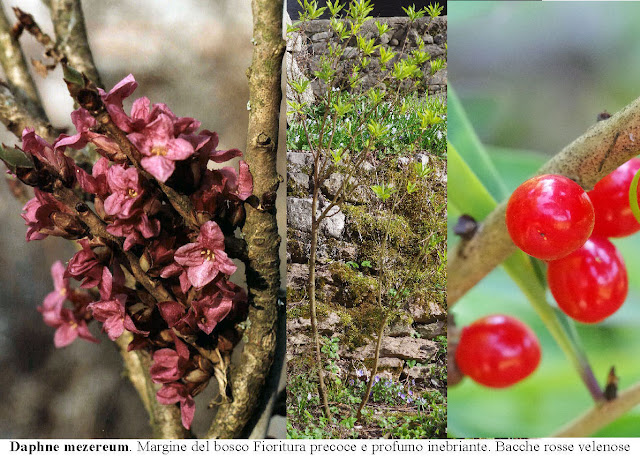 |
| Credits: 123RF archivio digitale |
This paper contributes to a better understanding of the (food) cultural importance of wild flsehy fruits in Estonia during the last two centuries and evaluates the factors influencing their consumption. The results show that the majority of native edible fruits of trees and shrubs were eaten quite intensively, both fresh and processed, which demonstrates that in the past the people of Saaremaa were wll adapted to the local environment and had a good knowledge of the edibility of the wild fruits found at chest-height. Yet, through reduced access to the fruits’ habitat distribution and limited physical activity outside fenced gardens, intensive cultivation of vaious fruits and perceived pollution, as well as altered practices in the collection of fruits, foods prepared, and taste preferences, wild fleshy fruits have changes from a diverse source of food into a marginal snack within the lifetime of one generation.
Riportiamo un sunto di un articolo della ricercatrice estone Renata Soukand sulla Biodiversità dei frutti selvatici di bosco.
 |
| Lonicera Xilosteum – pianta velenosa |

Renata Sõukand
Estonian Literary Museum, Department of Folkloristics, Faculty Member
University of Tartu, Department of Semiotics, Alumna
Estonian Literary Museum, Department of Folkloristics, Faculty MemberUniversity of Tartu, Department of Semiotics, Alumna Ethnobotany




